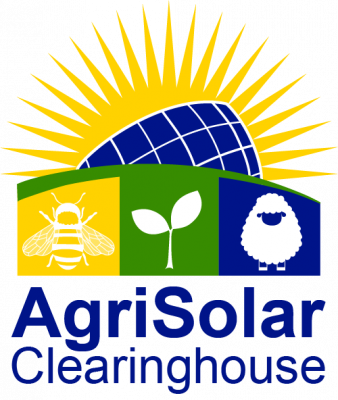Solar Apiaries
THE LATEST
 Existing Solar as Farmland Access for Emerging Farmers October 9, 2024 - 11:55 am
Existing Solar as Farmland Access for Emerging Farmers October 9, 2024 - 11:55 am Case Study: MNL Pollinator Friendly Conservation GrazingSeptember 17, 2024 - 9:24 am
Case Study: MNL Pollinator Friendly Conservation GrazingSeptember 17, 2024 - 9:24 am Case Study: Caleb Scott, United AgrivoltaicsSeptember 17, 2024 - 9:19 am
Case Study: Caleb Scott, United AgrivoltaicsSeptember 17, 2024 - 9:19 am Case Study: Julie Bishop, Solar Sheep LLCSeptember 17, 2024 - 9:11 am
Case Study: Julie Bishop, Solar Sheep LLCSeptember 17, 2024 - 9:11 am
DON’T MISS
NATIONAL CENTER FOR APPROPRIATE TECHNOLOGY
Helping people build resilient communities through local and sustainable solutions that reduce poverty, strengthen self-reliance, and protect natural resources.
To learn more about NCAT and its mission, please visit: WWW.NCAT.ORG.
This material is based upon work supported by the U.S. Department of Energy’s Office of Energy Efficiency and Renewable Energy (EERE) under the Solar Energy Technologies Office Award Number DE-EE0009372.




